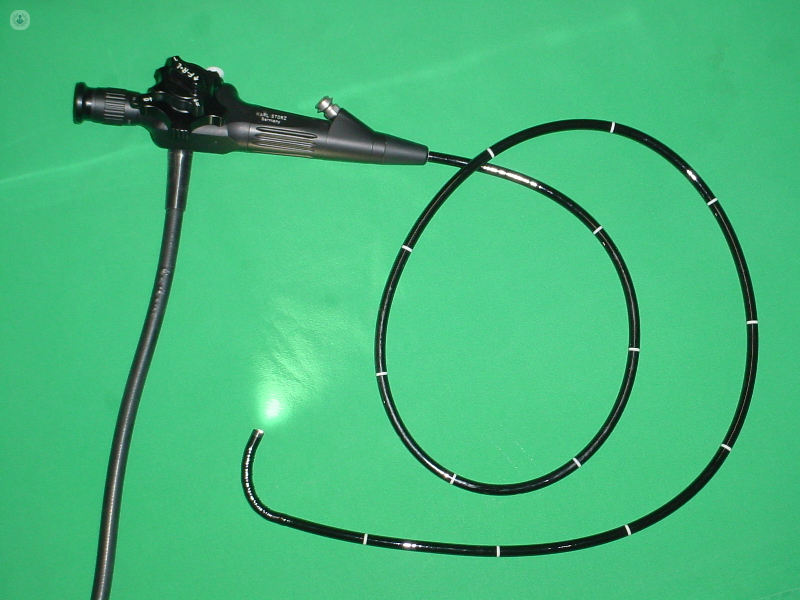Endoscopic surgery
Miss Neelam Potdar - Obstetrics & gynaecology
Created on: 11-13-2012
Updated on: 05-04-2023
Edited by: Sophie Kennedy
What is endoscopic surgery?
The term ‘endoscopic surgery’ encompasses various techniques, such as hysteroscopy and laparoscopy, in which an optical instrument (a tube with illumination connected to a video camera and a monitor) is introduced inside the body via the rectum or through the abdominal wall, permitting visualisation of the inside of an organ or cavity.
Endoscopic surgery, as minimally invasive surgery, has represented an advance over traditional open surgery as it is a lot more reliable and precise, and is associated with less trauma and better aesthetic outcomes. It is usually done under general anaesthesia.

Why is endoscopic surgery done?
Endoscopy is performed for diagnosis and observation as well as treatment and surgery. Specifically, endoscopic surgery is used in several fields of medicine: in gynaecology, endoscopic surgery, called hysteroscopy, is very common for treating uterine pathologies, such as cysts, endometriosis, myomas and also for performing tubal ligation, studying infertility, or hysterectomy (removal of the uterus). However, these pathologies are also frequently treated using laparoscopy, which differs in that the surgery is performed via a small incision made in the abdominal wall.
It is also used in other fields, such as otorhinolaryngology, in which sinonasal endoscopic surgery is very common for treating lesions or problems of the nose that impair normal breathing, affect the sense of smell or cause face or head pain. Also, in general and gastrointestinal surgery endoscopy or laparoscopy may be used in surgery for obesity. Endoscopy may also be performed in emergency situations, for example in neurosurgery to treat brain haemorrhage or a cerebrovascular accident (stroke).
What does it involve?
During endoscopic surgery an endoscope, which is an optical instrument in the form of a tube with a light source and a video camera at its tip, is introduced inside the body via the rectum or through an incision, thereby allowing the surgeon to observe the organ or area to be treated on a monitor. Furthermore, different tools for performing surgery can be introduced via the endoscope.
How should you prepare for endoscopic surgery?
Before surgery, you will have to tell your physician about your health and any medications you are taking. Your medical history will be reviewed and various tests performed to determine whether you are fit to undergo the operation. Generally, these diagnostic tests will include clinical analyses; however, depending on the surgery and your characteristics, the specialist may require further specific tests. Given that endoscopic surgery is performed under general anaesthesia, patients are usually asked to fast for eight hours before the intervention.
Care following the intervention
The main advantage of endoscopic surgery versus other surgical techniques is that it’s of a less invasive nature, which permits a faster recovery. So, you will remain in the hospital for only a few hours, sometimes being discharged on the same day as the intervention. Generally, you can resume work forty-eight to seventy-two hours after the intervention. Postoperative discomfort is also less, so absolute rest is not required and you can pursue your life as normal.
Alternatives to endoscopic surgery
The alternative to endoscopic surgery is conventional open surgery, which is associated with a higher risk of complications, a longer and more complicated recovery period, and large, more-visible scars. Robotic surgery refers to minimally invasive techniques performed by the surgeon with the aid of a high-precision robotic system which permits better visualisation of the area to treat and surgical manipulations impossible to achieve without the aid of a robotic system.











